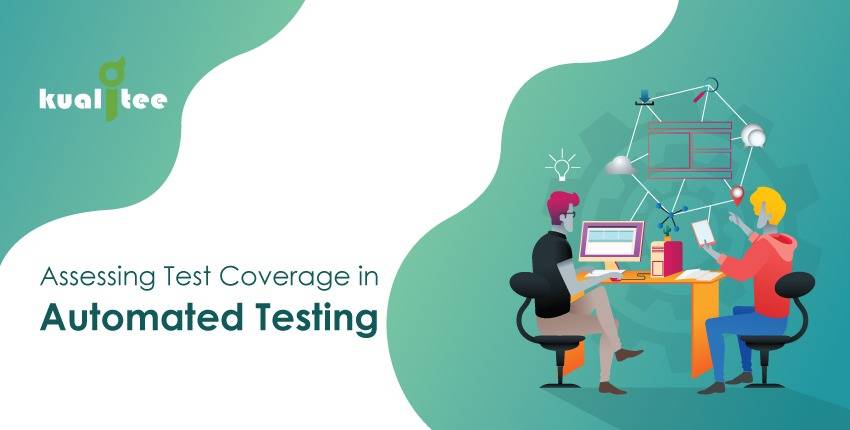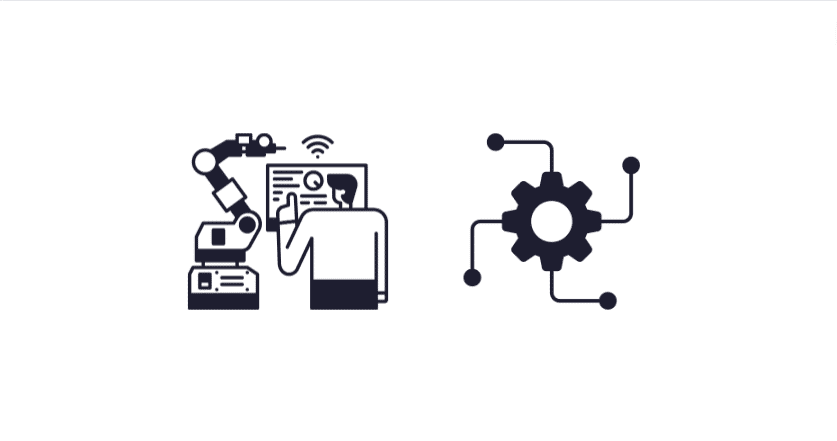Automated testing can considerably increase the scope of test cases to improve software quality. Software quality is the most anticipated factor in any Software Development Lifecycle that urges testers to review the code both autonomously and manually. For every test run, it’s important to develop multiple testing strategies to assess maximum test coverage and generate a 100% accurate test coverage.
Why is Test Coverage Important in Automation Testing?
Test coverage is an easy measuring tool to evaluate software quality. You can assess various risks, opportunities, and threats in an application through test coverage. Furthermore, it is an essential test metric to define certain test cases that require higher testing. It also guides testers about the tests being tested sufficiently, which further helps them shift their efforts to creating a quantitative analysis of the test covered and tested.
Although it’s a remarkable measuring scale, 100% test coverage can’t assure a 100% error-free application. For this reason, the best test coverage is always aimed to reveal potential risks by analyzing the test metrics and objectives.
The output of coverage measurement can be used in several ways to improve the testing process:
What Benefits Do Test Coverage Deliver?
There are a number of benefits of test coverage delivers such as:
- Assures traceability matrix
- Tracks changes and do impact analysis
- Defect Prevention at the initial stages of SDLC
- Helps in finding lapses in test cases, defects, and requirements at the unit level
- Creates additional test cases for increased test coverage
- Better ROI due to decreased production defects
- Reveals areas with less development and testing done
- Controls time, budget, and market scope
- Efficiently manages the Risk-based testing method
- Determines the quantitative code coverage measure, which ultimately measures the product quality.
How is Test Coverage Assessed in Automated Testing?
Following are the most common methods used to assess test coverage in the automated testing:
Code Coverage
Code coverage is one of the most widely used methods and metrics for measuring the test coverage. It efficiently measures the lines completed by the test cases and reports the total number of lines in one code executed in the process. Basically, it’s the point where the functional code is executed, specifically, during the test suite cycles. The optimal code coverage decreases the chance of undiscovered bugs leading to the production phase. Code coverage can be divided into sub-levels such as subdivisions, decisions-based logic constructs, branches, etc.
Data-centric Coverage
The data-centric coverage has both input and output constraints, each of them carrying their own particular domains. It is better to separate test these domains to assure maximum test coverage. This method is popular among the QA experts as well as the stakeholders due to its budget-friendly relationship.
Test coverage tools
The Test Coverage tools are of great importance in determining an app’s functionality and performance. Every code execution, source code, lines, and test cases become easy to locate with a robust test coverage tool.
Following are the major features delivered by the test coverage measurement tools:
- Identification and instrumentations of coverage element and code
- Calculation of the coverage items tested
- Reporting phases, tests, test runs that have not been tested properly
- Generation of drivers, stubs, and divisions, especially, in the case of unit level testing.
Assessing test coverage is highly significant in the automated testing as it includes delivering the best customer experience and competitive business advantage to the business runners. Therefore, assure you follow the aforementioned ways and deliver a fully covered end-product to the potential users.


























